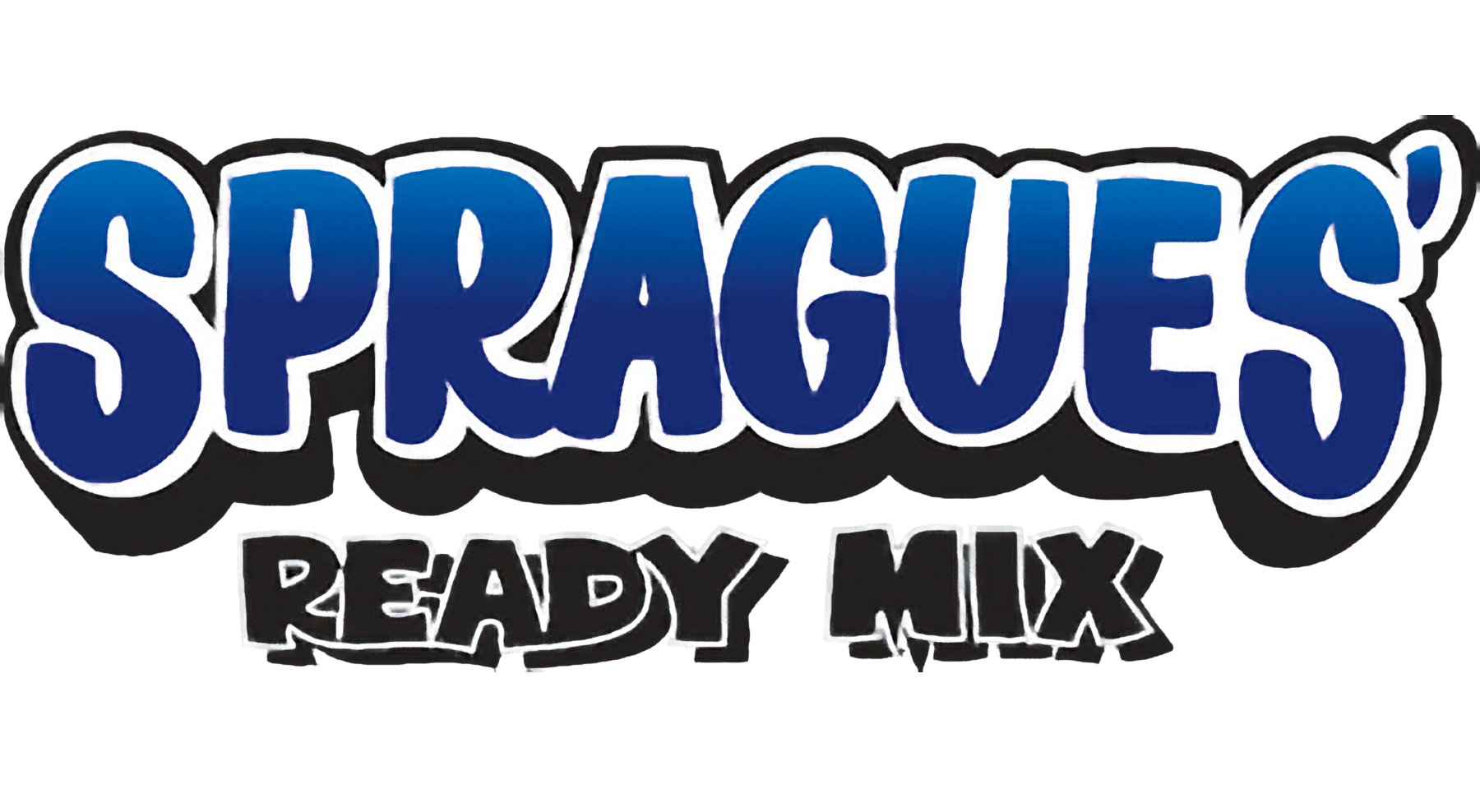Spragues’ Ready mix recommends that you place your contraction joints no more than 2 times in feet the thickness in inches of the slab. (4” slab 8’ joint spacing) These joints must be a minimum of ¼ the depth of the slab. (1” on 4” slab) Also, it is recommended that you attempt to design panels that are as square as possible. (Avoid exceeding 1.25 times square)
There are many different types of concrete cracks. Proper joint layout is critical in flatwork. Pouring concrete with a low-slump is also very important. Cracks can also be caused from external restraint. (Pouring a footing and slab concurrently) Cracks can occur in between two immovable obstructions. If felt or foam is not used between a house and a block wall it is likely that a crack will develop. Crazing cracks (web cracking) often will develop when concrete is poured with a high slump and/or bleed water or water was introduced to the surface of the drying concrete before final set.
In Southern California our temperatures rarely drop below 40 degrees. Nevertheless, we recommend that when the mercury drops you use a set accelerator in your mixes. Also, pouring your concrete with a low slump will help increase your set times. When concrete is poured on a cold sub-grade set times also tend to be increased.
It is important not to over use a steel trowel while finishing. This has an effect that “burns” the surface of the concrete and seals in moisture. (Trapped) Also, you do not want to introduce any steel onto the wet concrete until after all of the bleed water ahs disappeared. Avoid using calcium chloride for flatwork.
Discoloration is difficult to fix. However, the earlier you treat the surface the more effective it will be. Scrub white vinegar onto the dampened slab and hose off the surface before the vinegar dries. Vinegar is slightly acidic and will often open up the pores of the concrete and allow it to breath. Discoloration caused by calcium chloride will not be affected by this procedure.
Pervious concrete is concrete manufactured with zero fine aggregate. It allows water to pass through the concrete which eliminates storm water run-off. Pervious concrete pavement is a unique and effective means to address important environmental issues and support sustainable growth. By capturing stormwater and allowing it to seep into the ground, porous concrete is instrumental in recharging groundwater, reducing stormwater runoff, and meeting EPA stormwater regulations.
